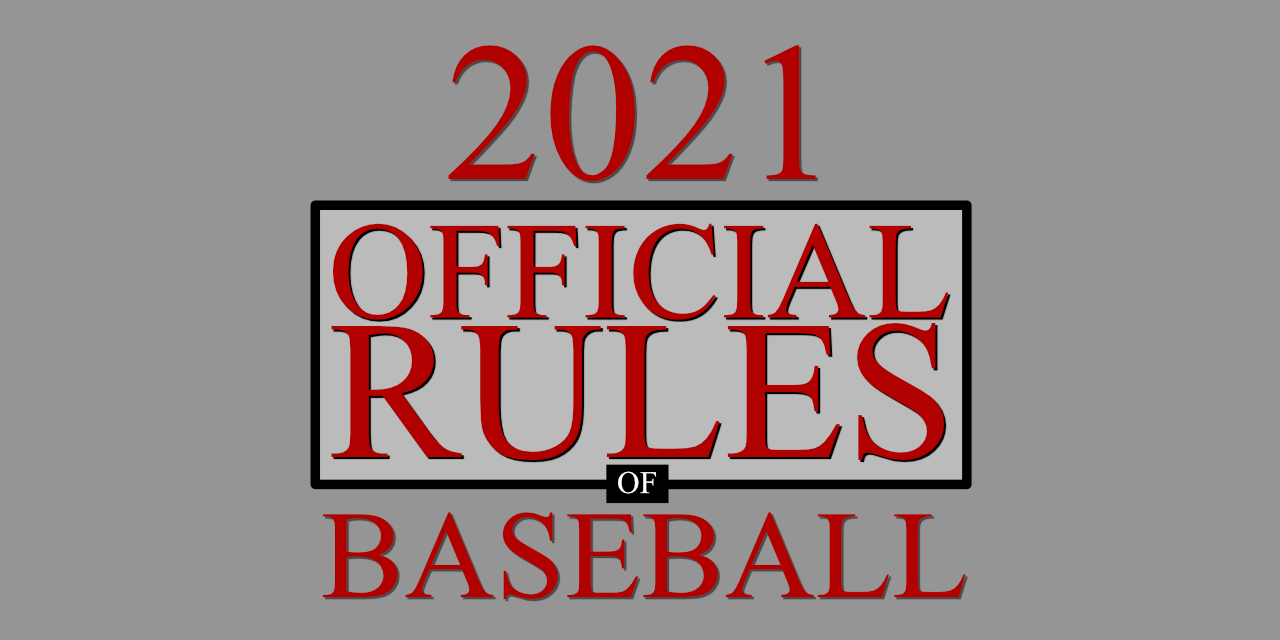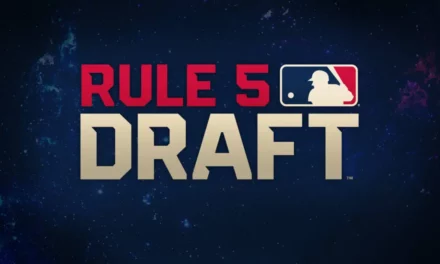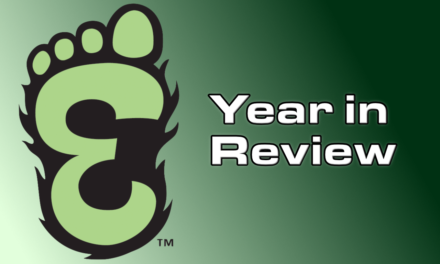Robo-umps. Bigger bases. Shift-banning rules. Timers.
All these things are coming to the minors. But…not to ALL the minors.
On Thursday, MLB announced they would be adding a number of new “experimental” rules to the various minor leagues and levels across the system. Some of these rules were planned for 2020, but others were used in the Atlantic League in 2019.
The new rules, as well as the levels they will apply to, are as follows:
Triple-A – Larger Bases
The size of first, second, and third bases will be increased from 15 inches square to 18 inches square. The intention is that this will reduce player injuries and collisions. This is also anticipated to have an impact on stolen bases and runners making it to first on hits and bunts. This was something that had been done in the Atlantic League in 2019.
Double-A – Defensive Positioning
Defensive teams must keep a minimum of four players on the infield, with both feet completely on the dirt. Depending on the results of the rule, MLB may further adjust the rule so that teams much have two infielders positioned entirely on each side of second base. These rules clearly have an intent to affect the infield shift, to increase the batting average on balls on play.
High-A – Step Off Rule
Pitchers will be required to step off the pitching rubber completely prior to throwing to a base, with violations of the rule resulting in a balk. This rule was in place in the Atlantic League in 2019, and saw stolen base rates and attempts rise as a result.
All of Low-A – Pickoff Limitations
Pitchers will be limited to a total of two “step offs” or “pickoffs” per plate appearance with at least one runner on base. Pitchers may attempt a third, but if the runner returns to their base safely, it will be scored as a balk. MLB may choose in the future to reduce the limitation to only one step off/pickoff per plate appearance.
Low-A Southeast – Robotic Strike Zone
MLB will expand the Automatic Ball-Strike System (ABS) that was used in the Atlantic League and Arizona Fall League to some Low-A Southeast League games (formerly the Florida State League). MLB claims the system will “assist” home plate umpires, and help determine an optimal and consistent zone.
Low-A West – On-Field Timers
Three times will be set up, one in the outfield, and two behind home plate between the dugouts, to enforce time limits between pitches, during inning breaks, and during pitching changes. This system will include new regulations beyond the system that is currently used in Triple-A and Double-A.
All of these rules are being tested with the possibility of being used in the Majors. It’s not unusual that baseball is using the minors as a place to experiment with future big league changes. The designated hitter was tested in the minors before the American League adopted it.
What is unusual is that there will be multiple different rules across different levels. Previously, most experiments were put in place in one specific league, such as the Atlantic League (which isn’t part of the affiliated minor league ladder) and the Arizona Fall League (a short prospect league).
To have every level, and in some cases, individual leagues, with different rules will be unprecedented, at least in recent history.







Recent Comments